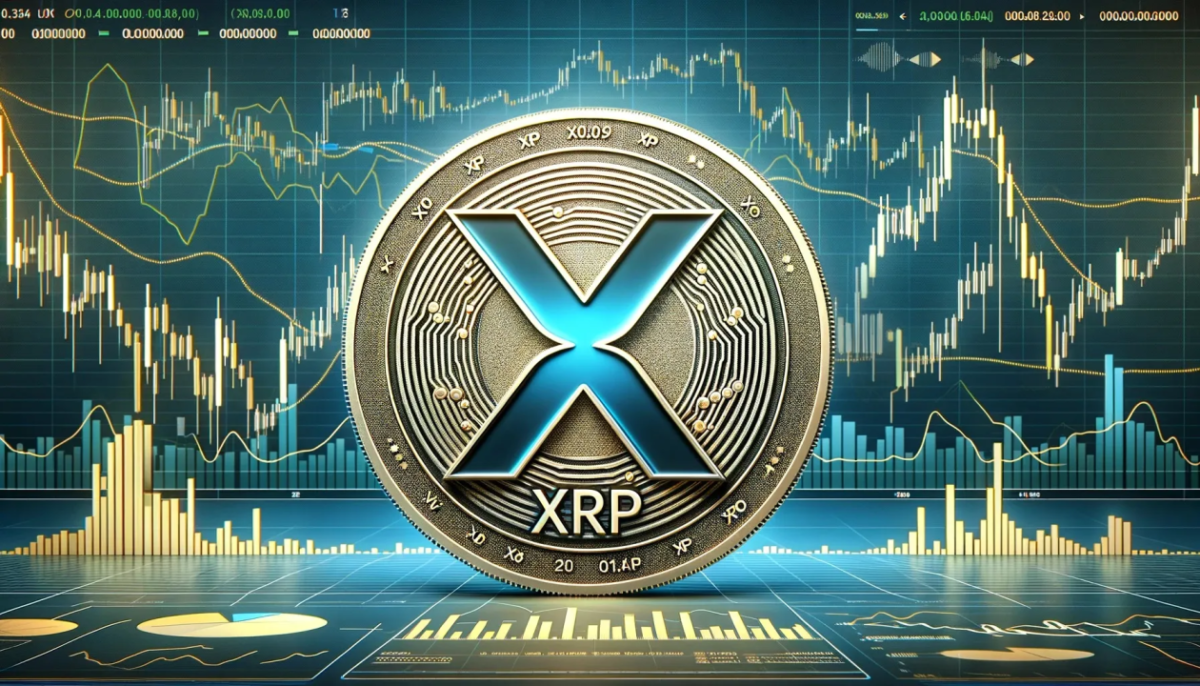
- XRP may soon make available to “ordinary investors” an alternative credit security method favored by the ultra-rich.
- Tokenization could funnel trillions of dollars of traditional assets into cryptocurrencies, potentially creating new avenues of liquidity.
Phil Kwok, founder of education and Web3 platform EasyA, recently caused a stir with his “insight” on how XRP supports the wealth strategies used by the world’s wealthiest investors. He said:
“The trick to being a multi-billionaire is to have zero liquidity.”
in the financial times:
“The trick to being a multibillionaire is having zero liquidity”.
this is so bullish for crypto.
the tokenisation of every asset will give every billionaire access to instant liquidity.
this will bring trillions into crypto.
and it’s not just the… pic.twitter.com/CfMXNJLZbE
— Phil Kwok | EasyA (@kwok_phil) November 10, 2025
He explained that tokenization, the process of converting real-world assets such as real estate, art and stocks into blockchain-based tokens, allows investors of all sizes to unlock liquidity instantly.
Traditionally, billionaires grow their wealth by holding appreciating assets and borrowing against them rather than selling them.
Tokenization could make this approach accessible to ordinary investors, potentially bringing trillions of dollars of traditional assets into the crypto ecosystem.
The super-rich don’t sell assets – they take out loans
Kwok explained that this is because wealthy people do not sell their investments. Instead, they use them as loan collateral to borrow money from holdings, meaning they can keep them but also have liquidity in the form of cash.
imagine if you could borrow against your crypto and never have to sell a token again
— Doms | EasyA (@dom_response) November 10, 2025
Dom Kwok explained that EasyA plans to offer this to XRP holders as well, that is, using XRP as collateral to grant loans.
Basically, you could deposit XRP as collateral, borrow stablecoins or fiat money, and pay it back at a later date. This method would allow people to lock in profits if they choose to do so and avoid taxes, which is often practiced by billionaires.
Kwok suggested that future lending platforms could set margins for borrowing, which would accommodate conservative investors who borrow smaller amounts to avoid potential losses upon liquidation.
Community debates benefits of XRP tokenization
The XRP community quickly responded to this debate. One of the community members, The bestexplained an important aspect of tokenization, which is not to create opportunities for billionaires to accumulate more money, but to bridge the gap between ownership and accessibility of value.
By using programmable liquidity pools, personalized assets and fund shares could be transformed from tied capital into dynamic values.
Dealer Chris Criner addedthat the limited supply of tokens could be quickly absorbed by wealthy individuals, leading to an explosion in demand from institutions.
He used an example from Bitcoin’s past development to describe how an infinite institutional FOMO snowball for quality tokens like Ripple’s XRP could soon emerge.
Other community members expressed concerns about the risk. Lion of Judah noted that if the price of XRP falls after borrowing, the collateral could be liquidated unless more assets are added.
My concern with borrowing against XRP is the inherent liquidation risk if the price falls below the level used to secure the loan. For instance, if I were to take out a $500k loan with XRP priced at $2 (250k XRP)….a decline in market value below $2 could trigger liquidation…
— Lion of Judah (@divinethree333) November 11, 2025
Kwok responded that this type of risk could be managed by using adjustable borrowing parameters. This would allow those concerned to set conservative limits and avoid being forced into liquidation.





No Comments